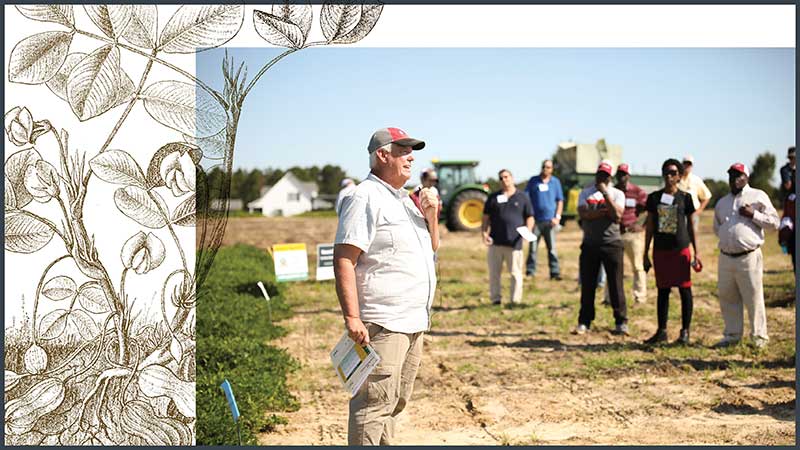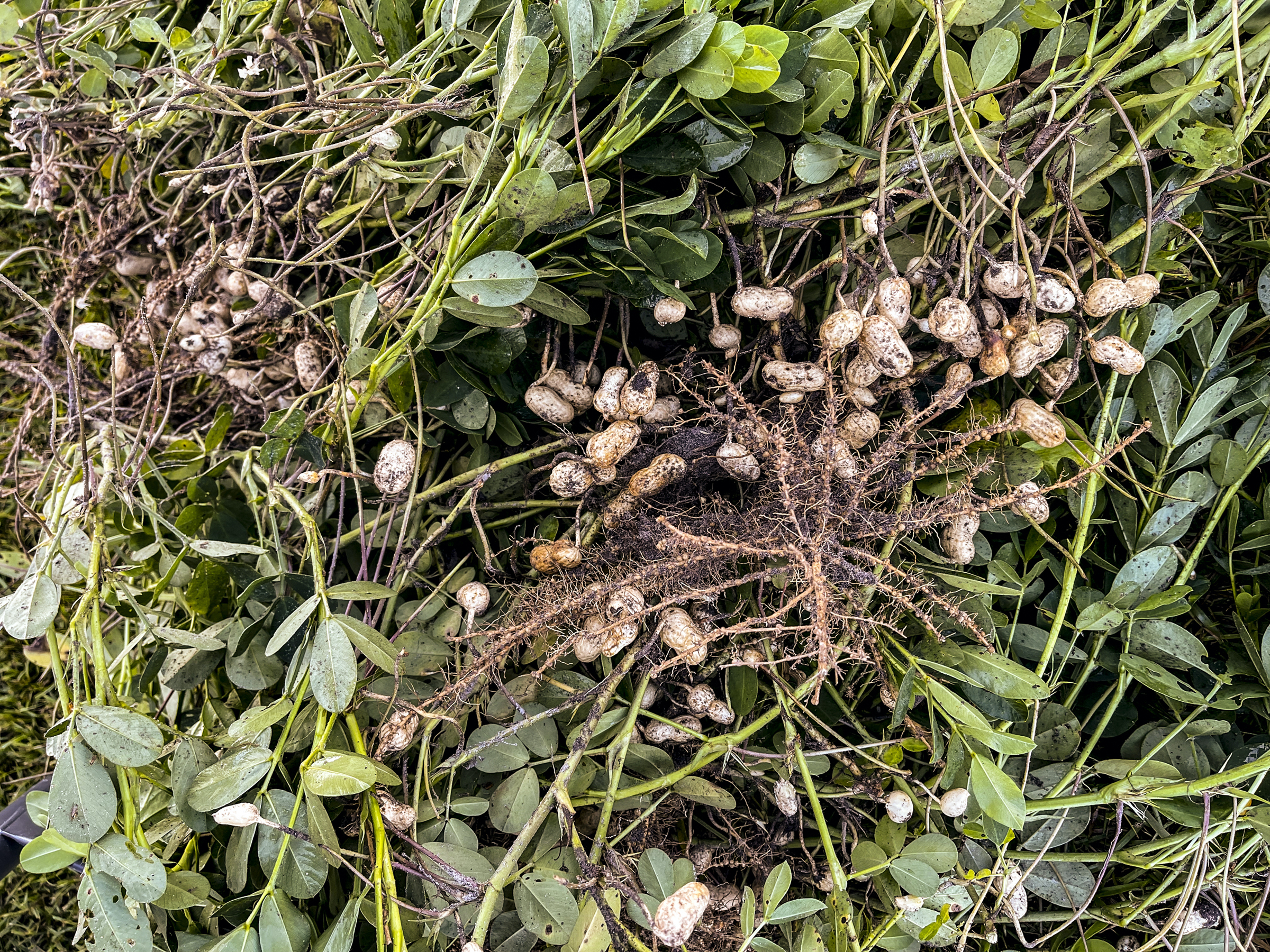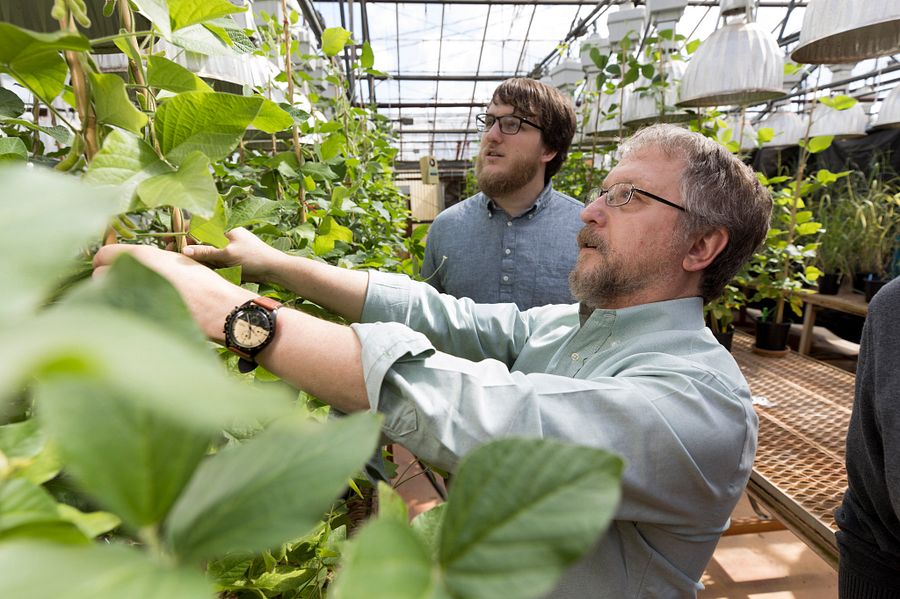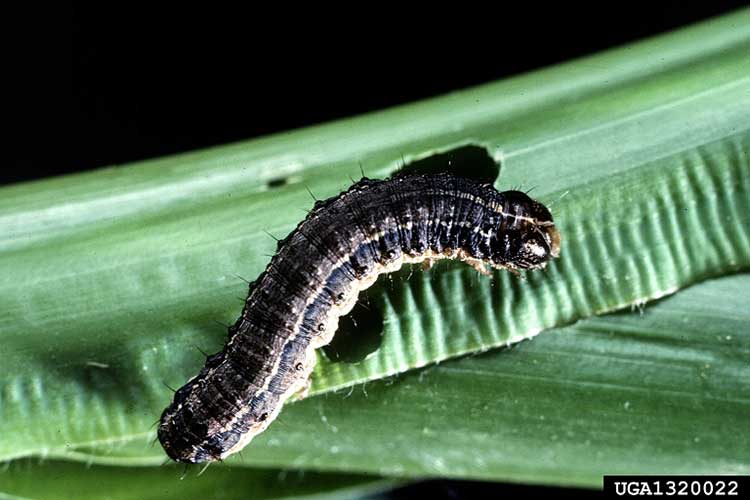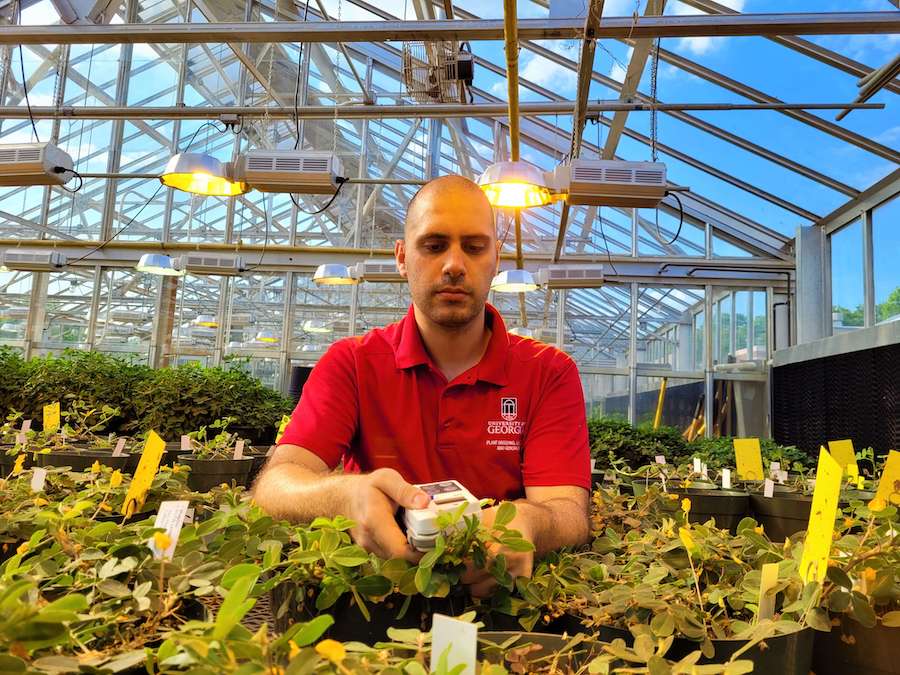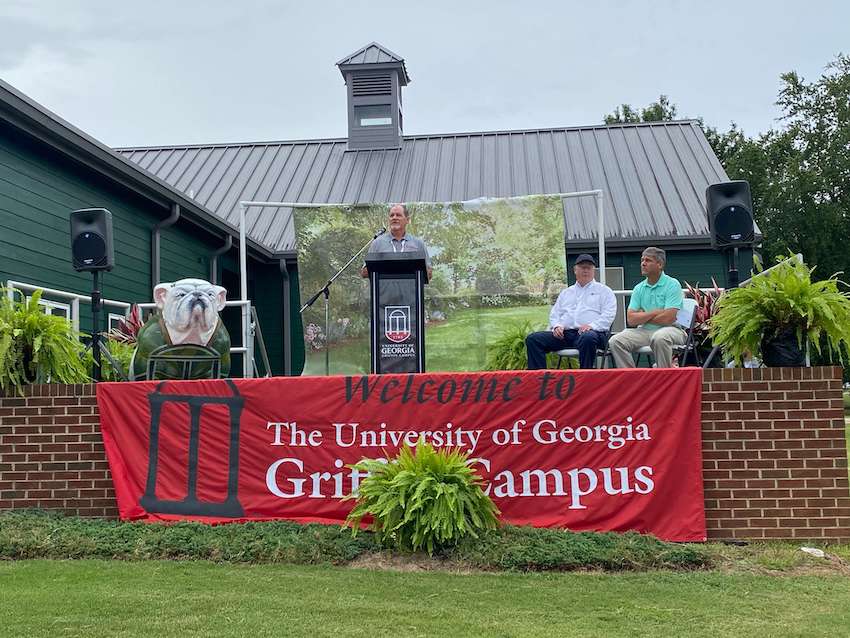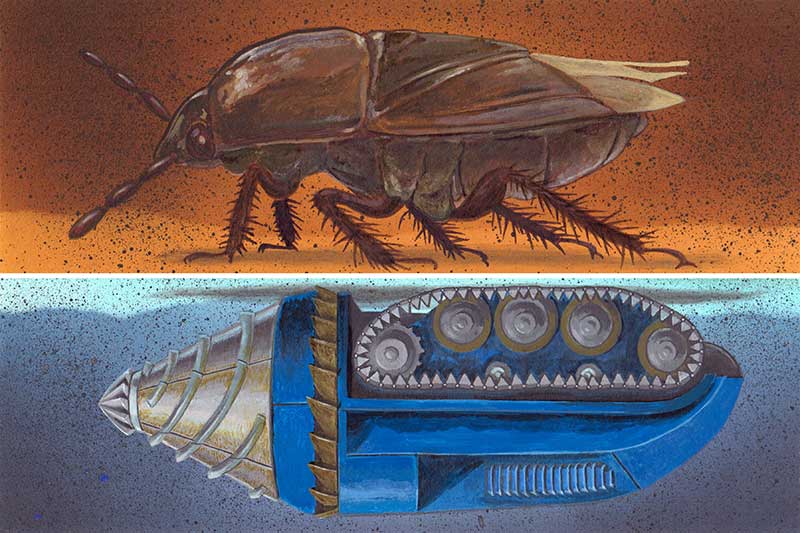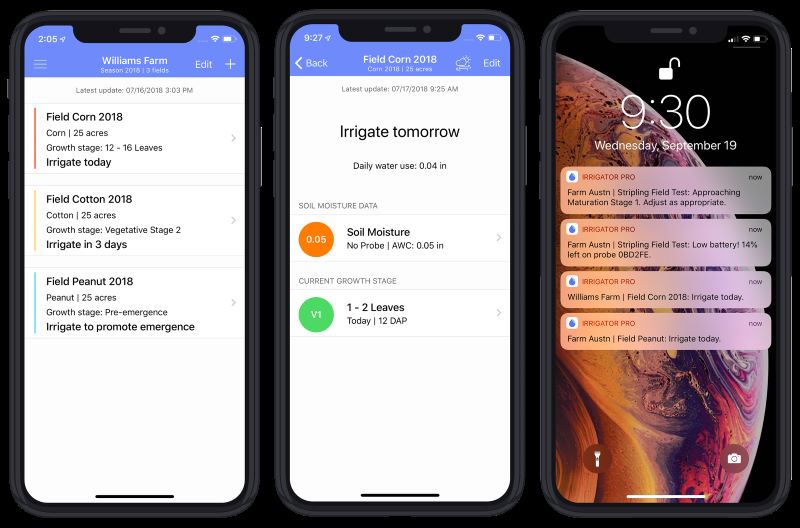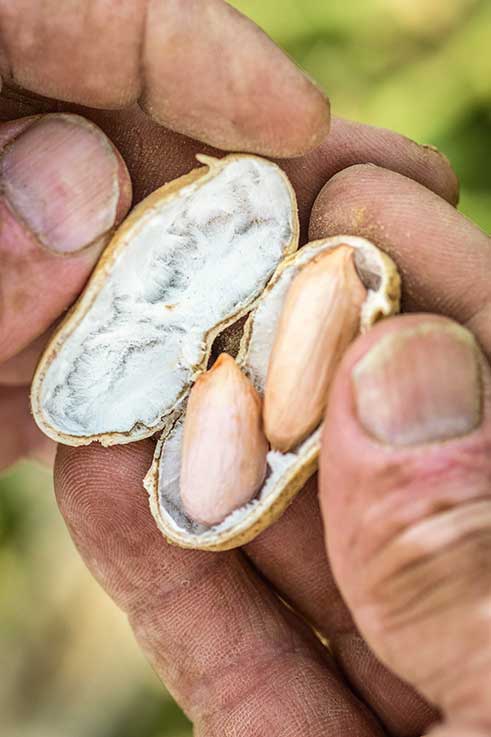 CAES News
CAES News
Peanut Protectors
On a warm morning in mid-September, tractor-drawn peanut-digging equipment burrowed beneath the peanut vines on the first of Tift County peanut farmer Greg Davis’s fields. This is the day peanut producers — and University of Georgia Cooperative Extension agents and UGA peanut researchers — work all season for.

